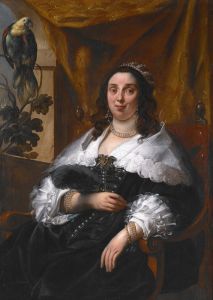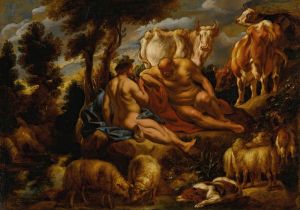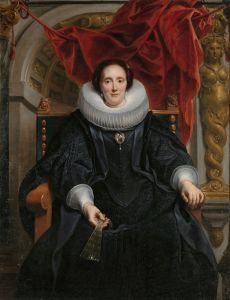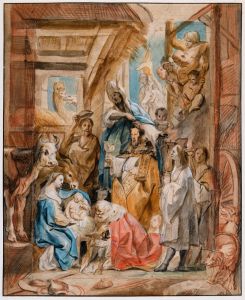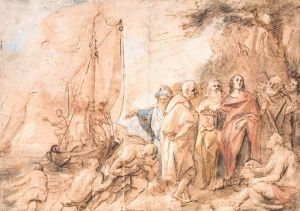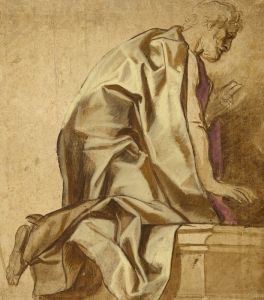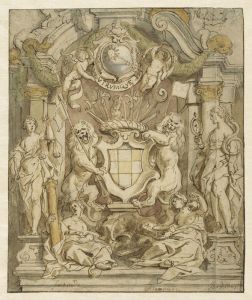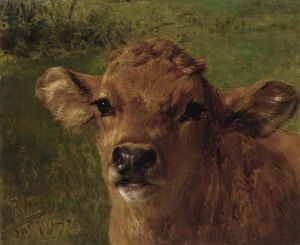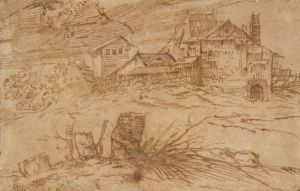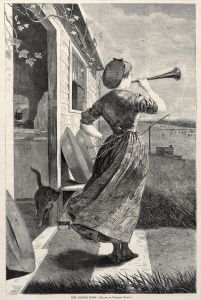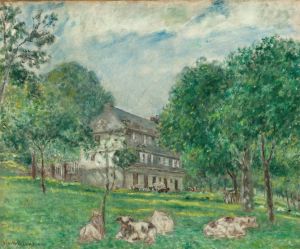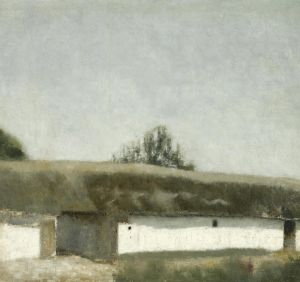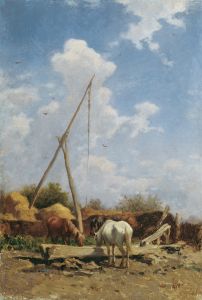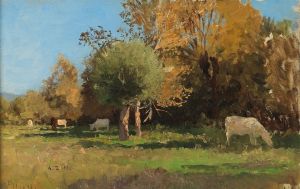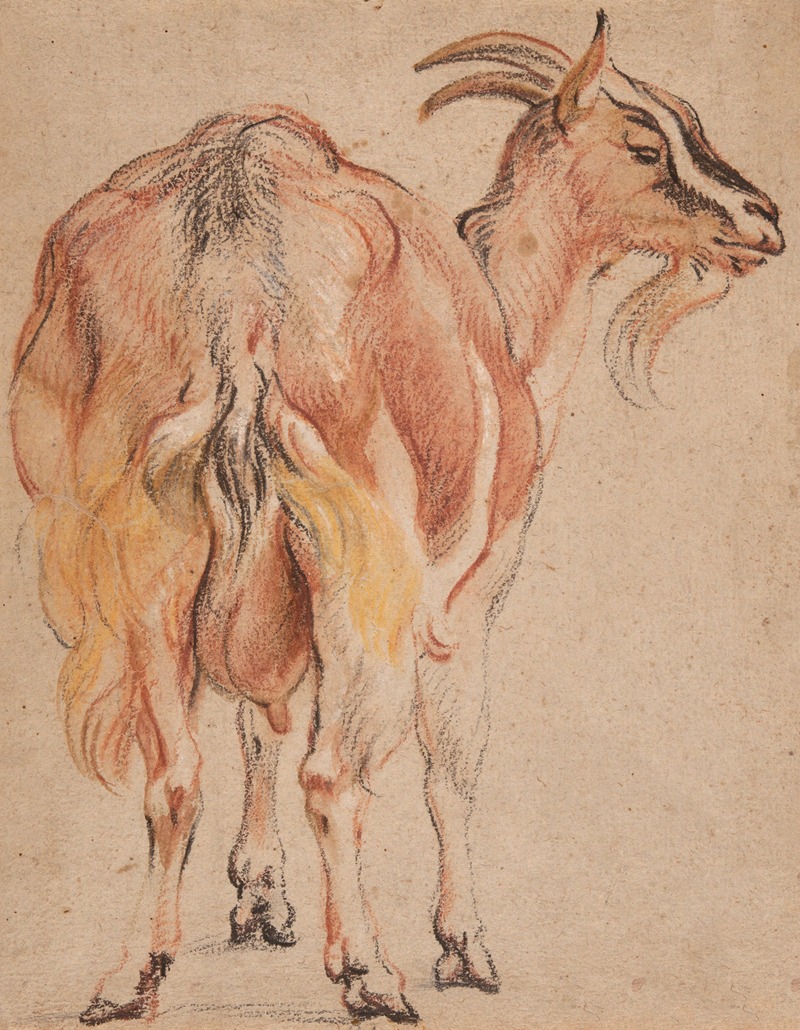
Goat
A hand-painted replica of Jacob Jordaens’s masterpiece Goat, meticulously crafted by professional artists to capture the true essence of the original. Each piece is created with museum-quality canvas and rare mineral pigments, carefully painted by experienced artists with delicate brushstrokes and rich, layered colors to perfectly recreate the texture of the original artwork. Unlike machine-printed reproductions, this hand-painted version brings the painting to life, infused with the artist’s emotions and skill in every stroke. Whether for personal collection or home decoration, it instantly elevates the artistic atmosphere of any space.
Jacob Jordaens was a prominent Flemish Baroque painter, known for his vibrant and dynamic compositions. He was born in 1593 in Antwerp, where he spent most of his life and career. Jordaens was a contemporary of Peter Paul Rubens and Anthony van Dyck, and he is often associated with the same artistic movement that emphasized dramatic expression, rich color, and intense light and shadow contrasts.
One of Jordaens' works is titled "Goat," although specific details about this painting are not widely documented. Jordaens' oeuvre often included mythological, religious, and genre scenes, characterized by lively figures and a robust use of color. His works frequently depicted scenes from everyday life, imbued with a sense of humor and vitality, which was a hallmark of his style.
Jordaens was known for his ability to capture the essence of human and animal figures with great skill and attention to detail. His paintings often featured animals, which were depicted with a sense of realism and vitality. This ability to render animals with such lifelike quality was part of what made his work stand out during the Baroque period.
In the broader context of Jordaens' work, animals often played symbolic roles or were included to add a layer of narrative depth to his compositions. His paintings were not just visual representations but also conveyed stories and moral lessons, a common practice in Baroque art. Jordaens' use of animals, including goats, would typically serve to enhance the thematic elements of his paintings, whether they were allegorical, moralistic, or simply part of a lively genre scene.
Jordaens' career was marked by his success in Antwerp, where he became one of the leading painters after the death of Rubens. He was commissioned for numerous works, both religious and secular, and his paintings were sought after by patrons across Europe. Despite not traveling extensively, Jordaens' influence spread beyond his native city, contributing significantly to the Baroque movement.
While specific information about the painting "Goat" by Jacob Jordaens is limited, it can be appreciated within the context of his broader body of work. Jordaens' paintings are celebrated for their dynamic compositions, vibrant use of color, and the lively depiction of both human and animal figures. His ability to infuse his works with humor and narrative complexity has ensured his place as one of the notable figures of the Flemish Baroque period.
In summary, Jacob Jordaens was a master of Baroque painting, and while detailed information about the painting "Goat" is scarce, it likely reflects the qualities that define his celebrated artistic style. His works continue to be studied and admired for their contribution to the rich tapestry of European art history.





